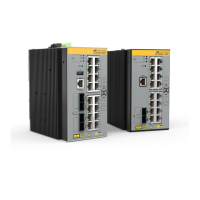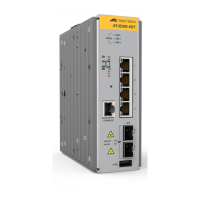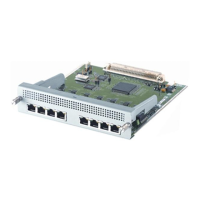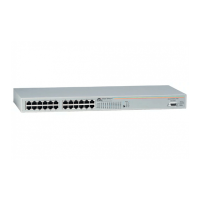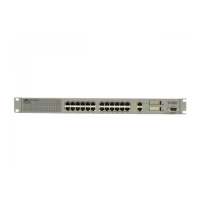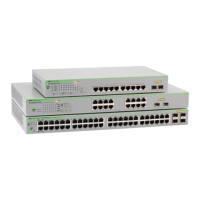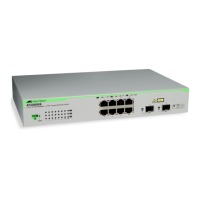IE340 Series Installation Guide
84
The IE340 switches have a surge immunity of up to 2 kV. This is sufficient
when interconnection cables are partly outdoor cables and close to the
grounding network. If this condition is not satisfied, Allied Telesis strongly
recommends installing primary surge protections, which are usually
provided by the use of solid state or gas tube arrestors located at the point
where the cable enters the building or the outdoor cabinet.
The requirements may not be sufficient to protect against damages
in extreme environments and in cases such as close or direct
lightning strikes.
Lightning
Protection
Requirements
Lightning strikes the ground and follows the paths of least impedance to
cause damages. To provide an effective lighting protection system, you
must put the following fundamental measures in place:
Surge protection device must be installed at every service
entrance to stop the intrusion of lightning from outside.
Bonding must be accommodated to eliminate the opportunity for
lightning to side-flash internally. The bonding resistance between
any termination point and the related earthing rod should not
exceed 0.01 ohms.
Grounding electrode system must efficiently move the lightning to
its final destination away from the structure and its contents.The
resistance of the common grounding electrode should not exceed
5 ohms.
Cable conductors route lightning current over and through the
construction, without damage, toward the grounding electrode
system.
To avoid interference problems, use CAT6 Shielded Twisted Pair
(STP) cables to connect devices if a device, e.g. camera, is
installed outdoors, or a network cable is routed outdoors.
Avoid Ground Loop. STP cabling must be grounded on one side
only. Failure to do so can lead Ground Loop, which is a condition
created when a network has more than one ground point. Ground
Loop causes a voltage difference between connected networking
components. As a result, current loops potentially damage the
connected equipment.
Use appropriate grounding. Systems without appropriate
grounding can experience either complete system failures or
intermittent problems that are hard to diagnose. Improper
installation of electrical grounding components can make the
components work ineffectively. Installing a system with the proper
grounding equipment and following proper installation guidelines
can reduce potential down time as well as costly repairs to system
electronics.

